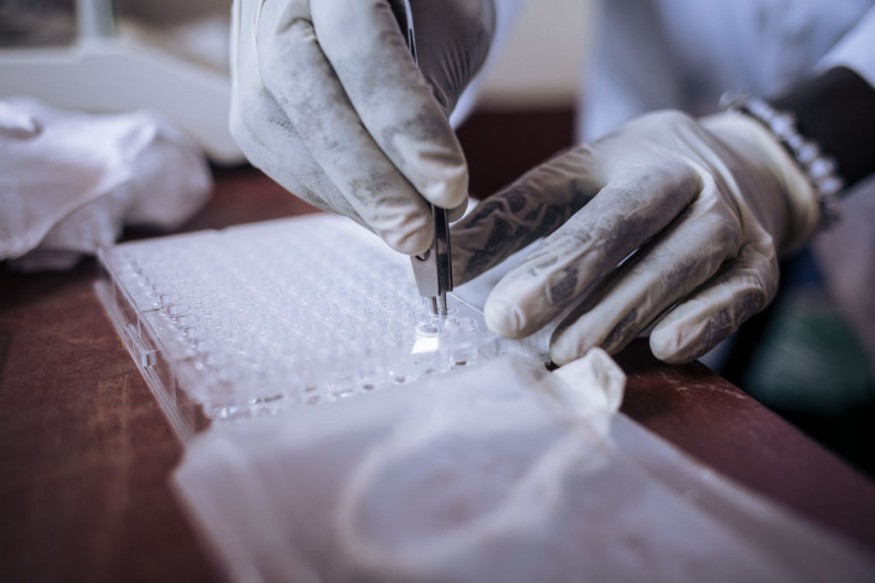A new case study published recently in the New England Journal of Medicine detailed the rare "hyperinfection" that occurred in a man officially diagnosed as a side effect from the Strongyloides tercoralis nematodes larvae.
As specified in a Futurism report, the Spanish male had a roundworm infection so bad that the doctors could see literally the larvae slithering beneath his skin.
@twitter|https://twitter.com/futurism/status/1518702551683715073?ref_src=twsrc%5Etfw@
The horrible pictures of the infection of the former sanitation worker look more like "shoddily-done" tattoos, compared to a parasite, as his doctors drew outlines of the initial placement of the larvae just beneath his skin, exhibiting that they moved for 24 hours.
As the authors of the case noted, the Spanish patient had several environmental factors that made him specifically vulnerable to the parasite.

Diagnosed with Metastatic Lung Cancer
While he was working at a sewage management facility, the man had also been diagnosed with metastatic lung cancer.
The Moffit Cancer Center describes metastatic lung cancer as a "lung cancer that has started to spread. This means that cancer cells can separate themselves from a tumor. It can also travel through the lymph or blood system to other parts of the body.
Essentially, lung cancer can be categorized as metastatic upon the first diagnosis or later on, after treatment. Like any other type, this cancer type typically does not spread instantly.
Typically, metastasis is a gradual process, resulting in few side effects until the tumors turn large enough to affect nearby organs.
Metastatic lung cancers are usually staged 3 or 4, according to how extensive the illness has developed or spread.
Effect of Immunosuppressive Glucocorticoids
As with the man's case, a similar True Viral News report said he developed the infection in the hospital after taking a high dose of immunosuppressive glucocorticoids for cancerous growth pushing on his spinal cord.
As horrifying as the entire ordeal sounds, the rash's itchiness from the infection of the man was probably the worst of his symptom, although he did suffer about as well of what was described as "mild diarrhea."
Both symptoms cleared up after the man got a prescription from the doctor. He was specifically described as none other than ivermectin, which works effectively on roundworms, although, as most medical experts have claimed, not on COVID-19.
What Are Roundworms?
A report from the Patient website describes roundworms, also called nematodes, as "worms with a long, round body. They differ in length from numerous millimeters to up to two meters.
Essentially, roundworms are common in countries with warm tropical climates. Children are more frequently affected compared to adults.
Treatment is typically very effective, although eradicating or wiping out roundworm infections has proven quite a struggle.
Roughly 60 types of roundworm species can live in or become parasites of humans. They typically live in the human gut. Nevertheless, some types or species can travel from the gut to live in different body parts.
Furthermore, roundworm eggs and larvae, or tiny young worms, live in the soil. Typically, they enter the body when an individual gets them on their hands and then transfers them to the mouth. Some can get into the body through the skin, as well.
Related information about worms burrowing under the skin is shown on DrER.tv's YouTube video below:
RELATED ARTICLE : New Spider-Killing Nematode Species Discovered; Named After 'Arachnophobia' Star Jeff Daniels
Check out more news and information on Medicine & Health in Science Times.











